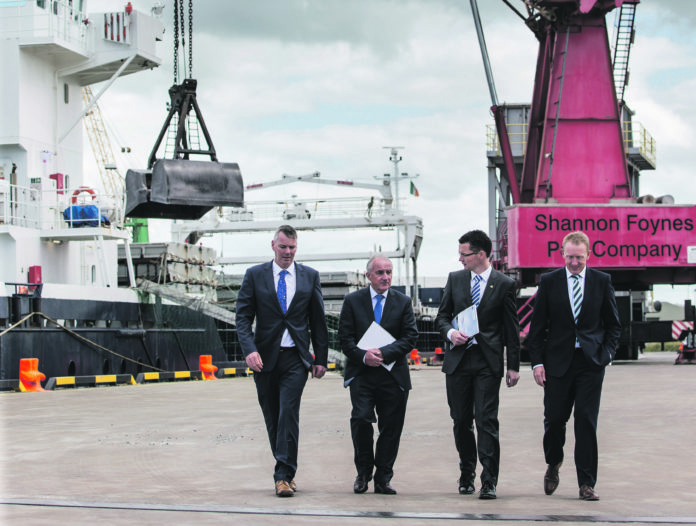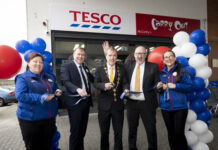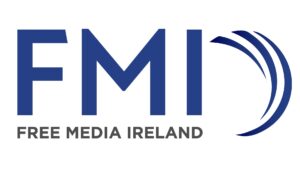
SHANNON Foynes Port Company may be the quintessential ‘business to business’ operation but such is its growing influence on the region that its importance is seeping into public consciousness.
That’s because when you put together even two key metrics for what businesses have the ability to drive the regional and national economy, then Shannon Foynes Port Company stands out instantly.
It’s also because over the past five years or so, the company colloquially referred to as SFPC – which has statutory jurisdiction over all commercial maritime activities on the Shannon Estuary – has been getting a lot of plaudits for its vision, delivery and growing impact on the region.
Like much of the Mid-West, SFPC emerged from the last decade bruised but unbowed. And when there was a need for confidence, for reassurance that the regional captains of industry were at the wheel, steering the region on the economic comeback route, SFPC were among the first to step forward.
That happened in 2013 with the unveiling of the framework that is driving the remarkable resurgence at the company, its master-plan, Vision 2041.
Launched by then Transport Minister and now Taoiseach Leo Varadkar, Vision 2041 set out an ambitious plan built around an unprecedented level of investment that would see it maximise the enormous potential of the Shannon Estuary as an economic hub for the region.
It was a pivotal moment for the company – some would say for the region – and not least given the need at the time for this type of vision and conviction.
Fast-track five years and you have a company that has tonnage throughput – tonnages of goods being the same metric for a port that passengers are for an airport –bordering on peak boom period levels.
SFPC, now Ireland’s second largest port operation and one handling €7.6 billion in trade a year, is also designated a Core Network Port (TEN-T) by the European Union – essentially the EU determining that SFPC is not just of national but international importance. It’s an essential status, copper-fastening the company’s ability to invest.
SFPC is on a massive growth trajectory as it delivers its master-plan, with investment at record levels thanks to a €64million investment programme launched three years ago.
An economic report published in 2016 showed that the impact of all SFPC port-related activity on the local economy is estimated to be €1.9 billion and supports 3,372 full-time jobs. The regional economic impact of SFPC and associated service providers is also significant and was estimated to be €95.8 million per annum.
It has also turned its attention now to its second-largest port, Limerick Docklands with the launch in March of the Docklands Framework Strategy in the spring – a strategy that will see €100 million plus investment and major job creation in the 110-hectare estate.
It followed that up last month with the announcement of an unprecedented expansion at its general cargo terminal in Foynes, adding over two-thirds the size of its existing area. A planning application for the project, which has the capacity to attract hundreds of new jobs, has been lodged with An Bord Pleanála.
“It’s a very positive time for the company”, says chief executive Patrick Keating.
“We’ve embarked on a record investment programme and have very exciting plans for Foynes and Limerick. Tonnages are very strong and we’re getting a lot of interest from industry looking to take advantage of the deep-waters that we have on the estuary. They’re among the deepest waters in Europe and with ships getting bigger and bigger, that’s a huge advantage.
“People in the right places are taking notice of what’s happening here. Last month, for example, the EU ‘Motorways of the Sea’ conference was held in Limerick, with some of the leading officials over funding of transport infrastructure in the EU in attendance. That wouldn’t have happened five years ago and it shows where we are today.”
This article is part of the Limerick Post Mid-West Industry special, you can read more articles and interviews from the feature here.










